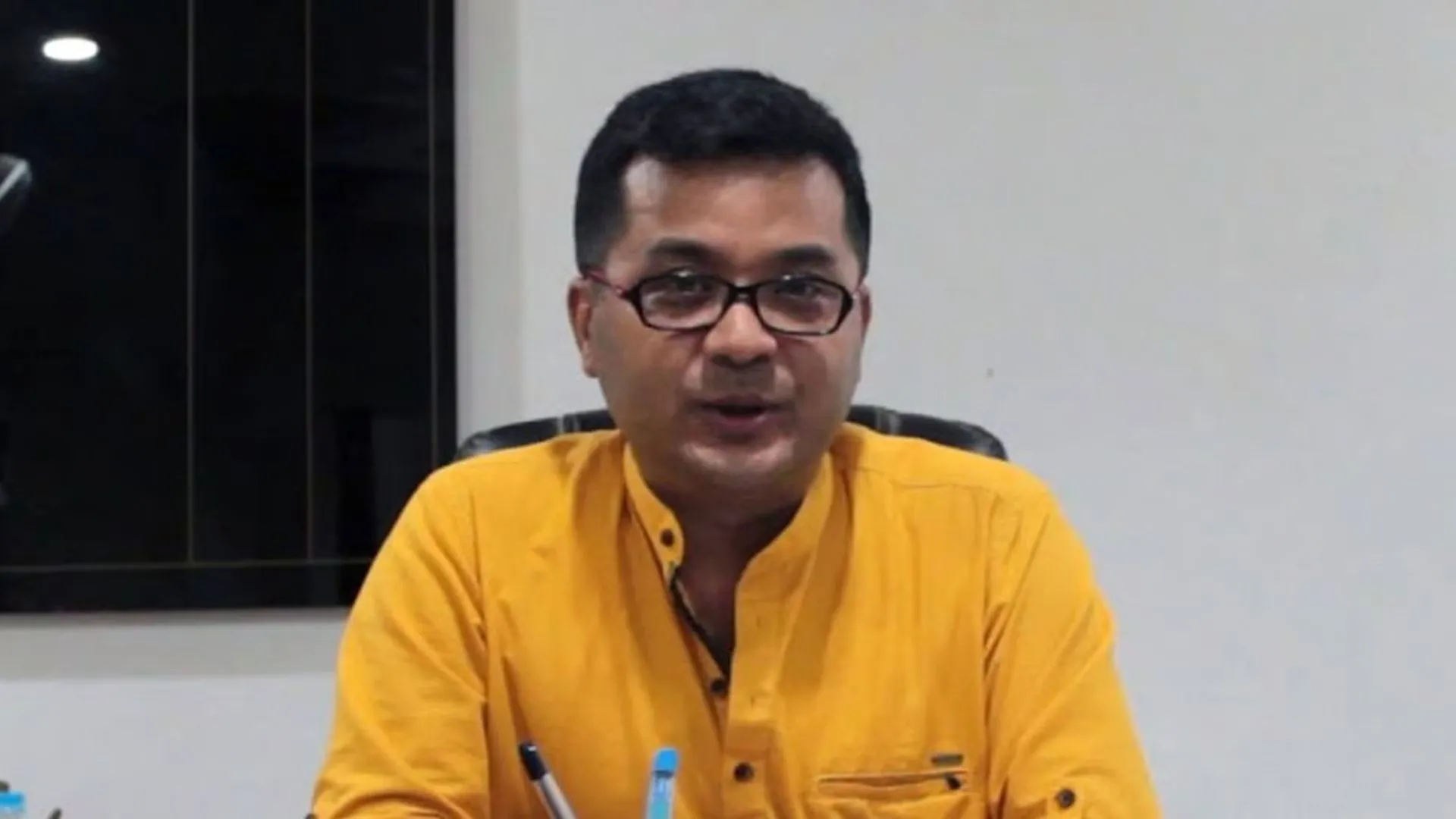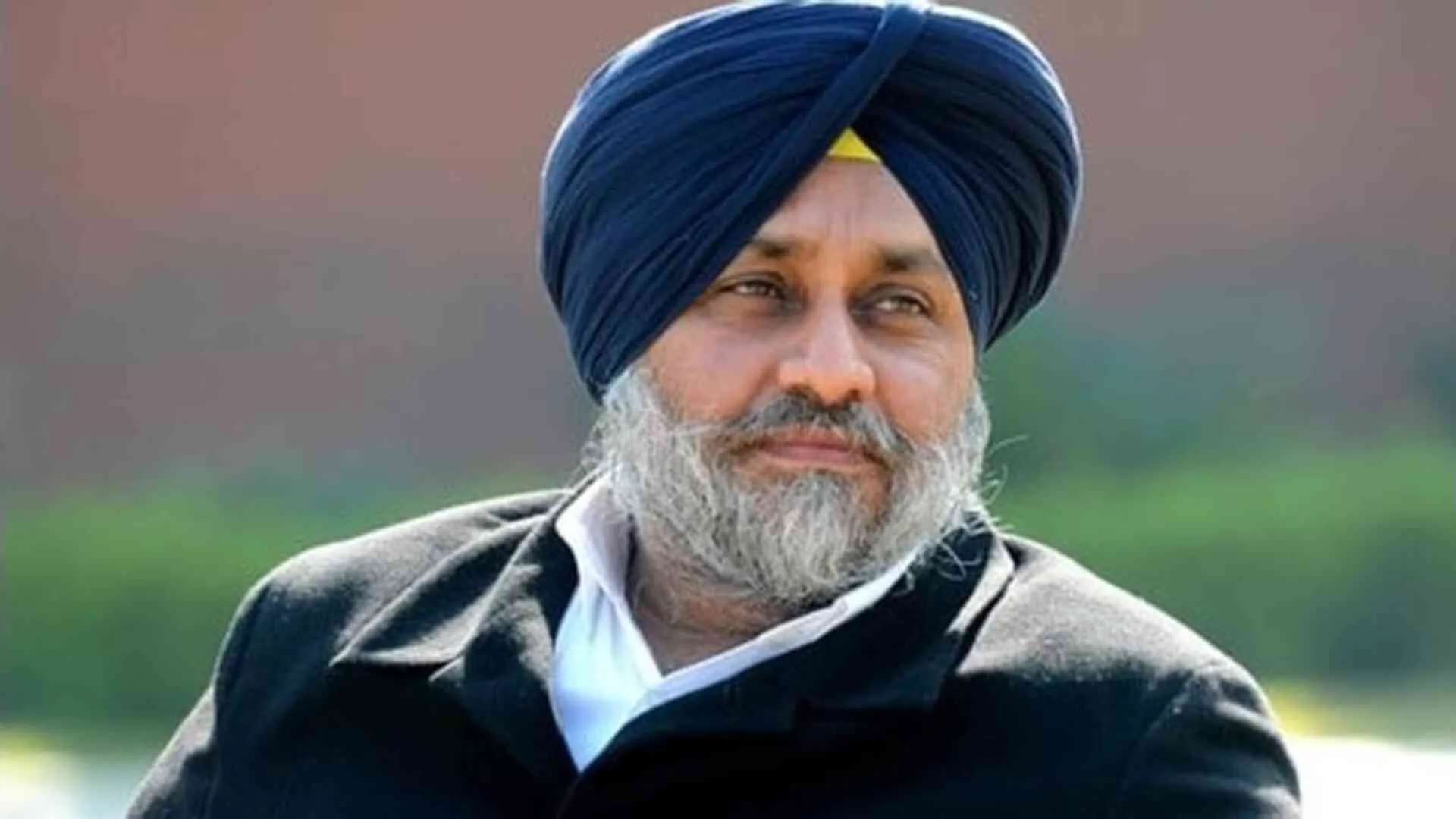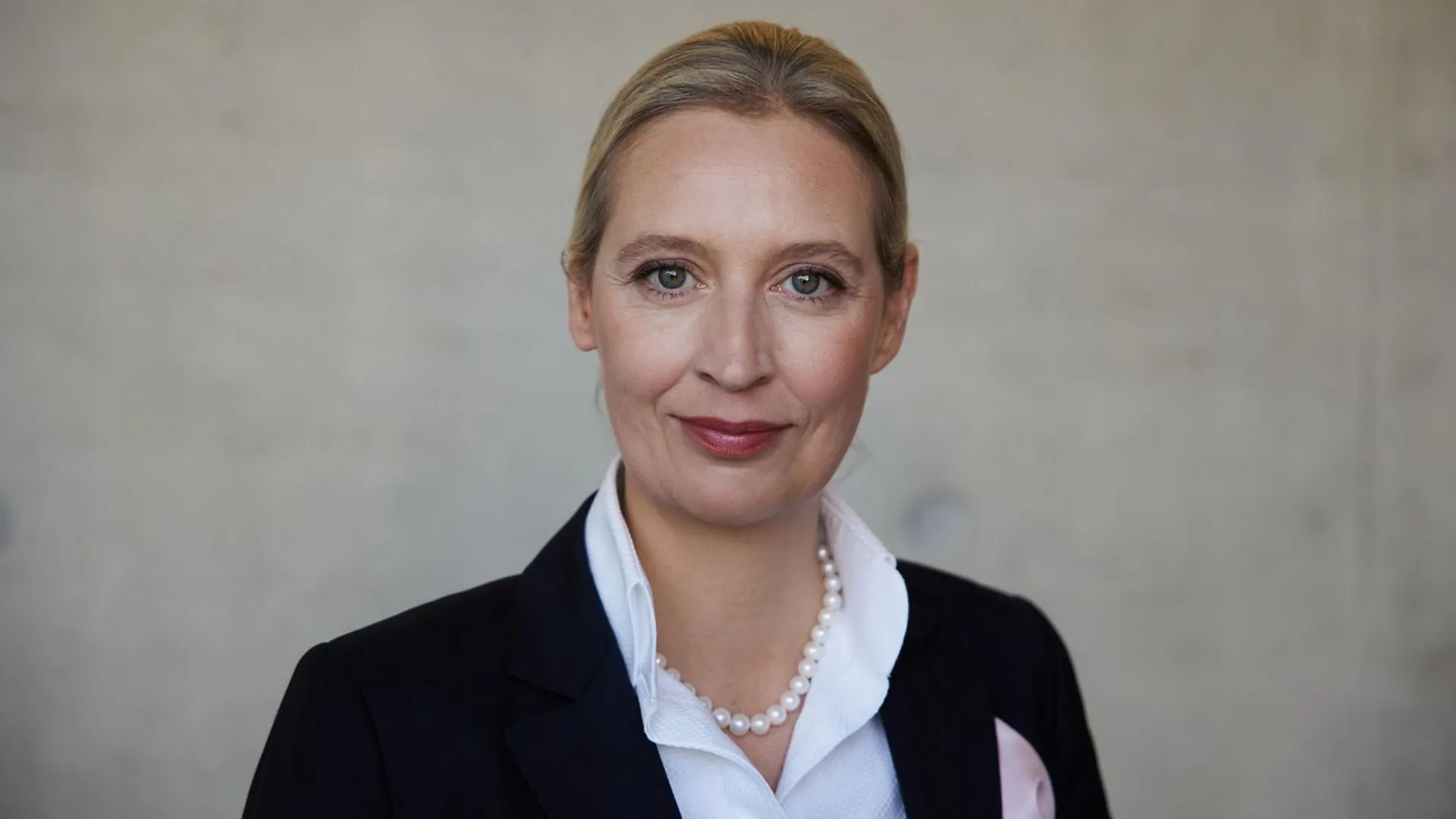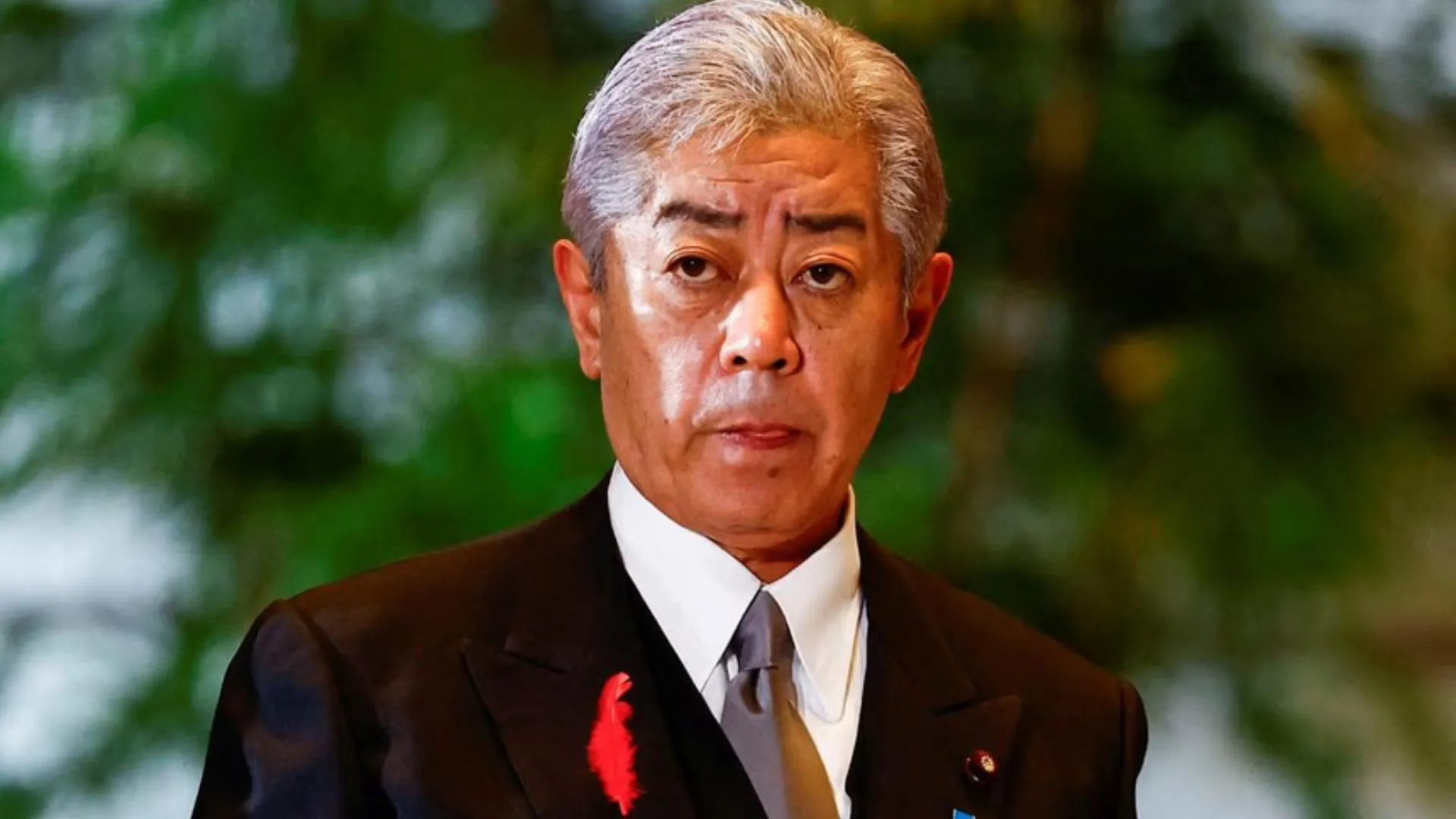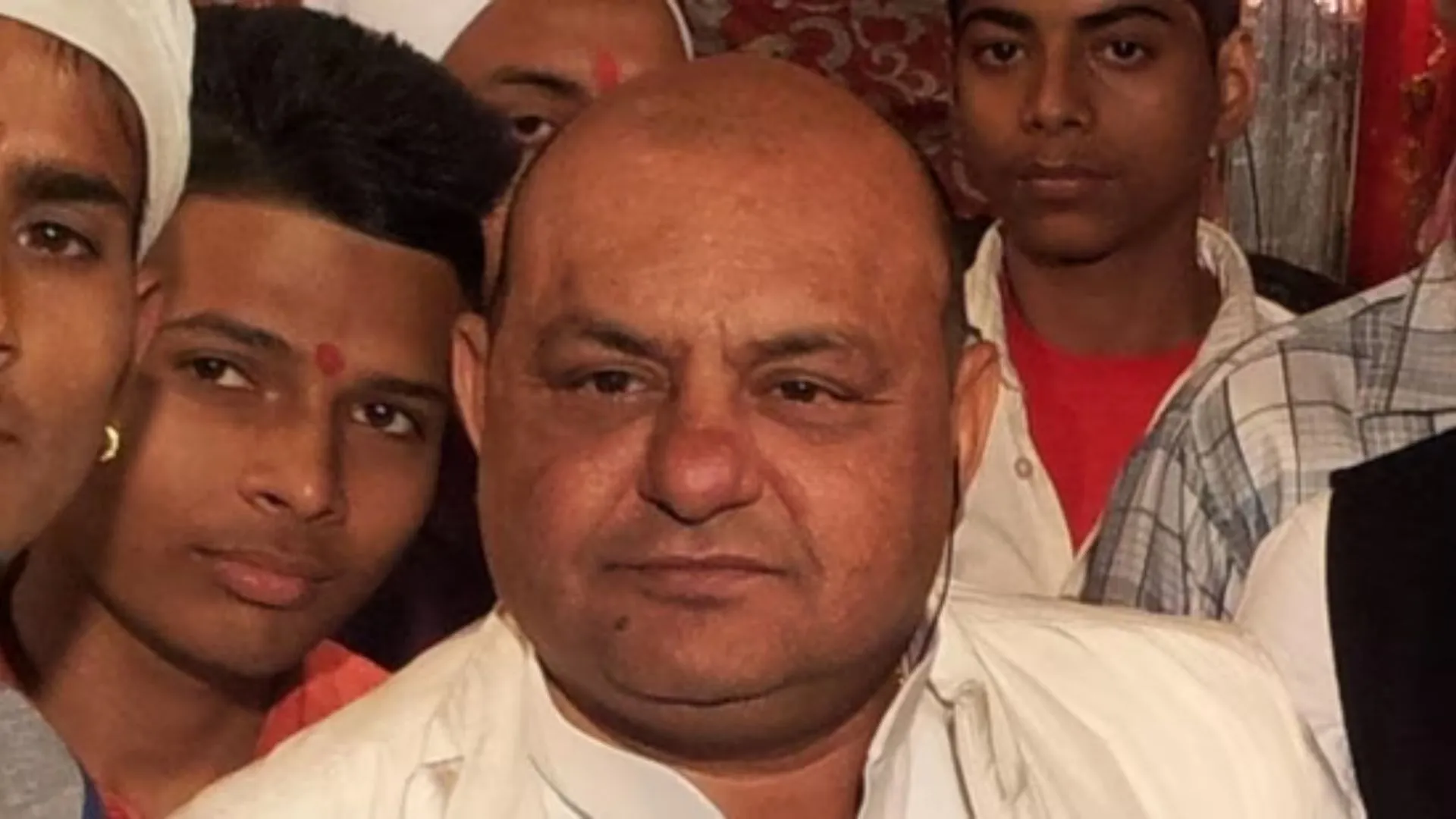Not long after the implementation of the Insolvency and Bankruptcy Code (IBC), the Reserve Bank of India identified the first 12 large cases for the insolvency proceedings. The case of Essar Steel Ltd was one of them. The Essar Steel Ltd (ESL for short) had financial debts of Rs 49,000 crore. The money was owed to a group of banks led by SBI, which included PSU and private sector banks. The lenders referred ESL for insolvency resolution to NCLT Ahmedabad in July 2017. The NCLT admitted the insolvency proceedings in August 2017 and it was followed by the submission of EOL by five metal giants, including ArcelorMittal and Numetal. However, the government introduced Section 29A in the Code, which barred the promoters of companies that defaulted on loans for 12 months from submitting bids. Naturally, the lenders rejected the bids of ArcelorMittal and Numetal, because of default in Uttam Galva and KSS Petron Pvt Ltd. The bidders challenged this all the way to the Supreme Court, but weren’t successful. They were ordered to pay the dues of Uttam Galva and KSS Petron to be eligible for bidding. This was the legal side of the resolution proceedings.
Meanwhile, on the operational side, immediately after the admission of the insolvency proceedings, the NCLT and lenders appointed Shri Satish Kumar Gupta, an independent insolvency resolution professional. The lenders, after considering bids, appointed British company Alvarez & Marsal to run the company during resolution proceedings. Though it was not the lowest bidder, Alvarez & Marsal was appointed due to its reputation as a turnaround specialist as it had successfully managed large stressed firms. The team of Alvarez & Marsal managed to take the lenders on board, convinced the operational creditors (vendors) to extend the credit line and revived the operations of ESL. They managed to increase production from 4.60 lakh tonnes per month to 6.00 lakh tonnes per month! Steady international steel prices also helped. Within months, there was an operational turnaround of the company. By the time the appeals of ArcelorMittal were decided by the Supreme Court, there was an operational turnaround in the company. This encouraged ArcelorMittal to agree to pay the dues of Rs. 7,500 crore in the case of Uttam Galva and KSS Petron, and also to increase its bid for Essar Steel Ltd to Rs 42,000 crore from its initial bid of Rs. 29,000 crore, amounting to 92% of the credit liability.
Here we want to make it clear that this resolution proceeding wasn’t a very smooth process. It had its share of obstacles. First, the promoters approached the Gujarat High Court in July 2017, challenging the RBI’s decision to identify Essar Steel among the first 12 large cases for insolvency resolution. However, they weren’t successful. Later the introduction of Section 29A resulted in the litigation being taken to the Supreme Court by the rejected bidders. In spite of all the obstacles, the realisation for financial creditors was completed within 850 days. One can say that the introduction of Section 29A helped the banks in getting additional realisation for ESL as well as Uttam Galva and KSS Petron Ltd.
BENEFIT TO THE BANKING SECTOR
Rs 42,000 crores (92%) were realised and introduced in the economy as against a debt of Rs. 49,000 crores. Imagine, what would have happened in the earlier system: the resolution would have involved a protracted legal battle for a decade or so, while the debtor company would have closed down operations, and assets, plants and machinery would have been put to disuse and decay. Finally only a pittance would have been recovered from whatever asset could be salvaged.
BENEFIT TO OPERATIONAL CREDITORS
Since the company continued to be run by the turnaround specialists, the OCs came on board and extended credits. The company achieved operational turnaround and so the operational creditors got to continue their business with the company and also realise their dues. This was a win-win for both the OCs and the company.
BENEFIT TO EMPLOYEES
The resolution proceedings ensured that not only did the company continue its operations but also achieved an operational turnaround. This was great news for employees who feared retrenchment. After the resolution, ArcelorMittal took over the company and continued its operations. Hence, most of the employees except the top management echelons would get to keep their jobs. This could never happen in resolution proceedings prior to the Code.
CONCLUSION
A word of caution here: not all cases result in such high realisations. The average realisation for financial creditors under the Code has been 46.84% within an average period of 380 days as compared to 23% over endless delays under the earlier regime. A significant benefit is the early realisation, as we all know there is a huge time cost for money. Further, the Code has enabled the realisation of 192.09% of the liquidation values (almost equal to market values).
As per the report of the IBBI, about 50.32% of insolvency proceedings (CIRPs) are initiated by the OCs. It’s further seen that more than half of the CIRPs initiated by the OCs have been closed on appeal, review or withdrawal, which indicates that for fear of losing control and ownership of the company, debtors have preferred to pay the OCs and resolve amicably.
Needless to say, the speedy and convenient resolution has greatly strengthened the business ecosystem, boosted the confidence and kindled animal spirits in the economy. Several good debt-laden companies like Essar Steel, Bhushan Steel, Electro Steel, Amtek Steel, Bhushan Power and Steel, Alok Industries, and Reliance Communications have been revived with minimal loss of employment, loss of assets or loss in production.
The Code has given much required assurance and confidence to international investors too. No wonder, the rank of India in the index for Ease of Doing Business has seen a significant jump, from the 142nd position in 2014 to the 63rd in 2019.
Sreenivas Bidari is a senior IRS officer hailing from Karnataka. Ranjit Kejriwal is an FCS and Registered Valuer (SFA). The views expressed are personal.


